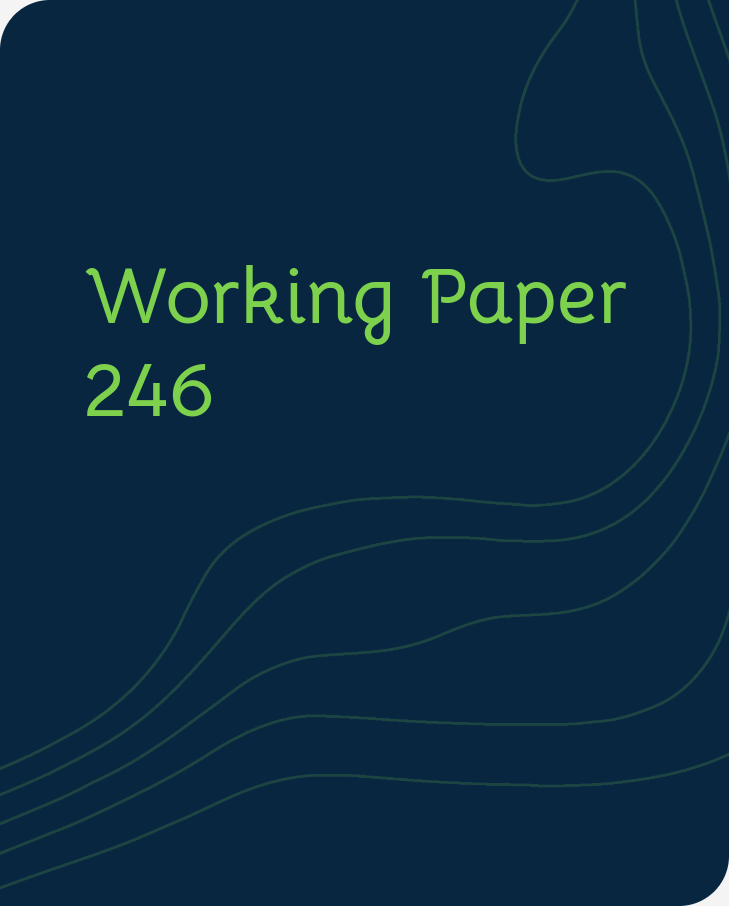Publication
Transition Report
Reform progress and transition indicators
Who we are
Overview: about the EBRDWho we are
Overview: about the EBRD
Learn about the EBRD's journey to investing more than €210 billion in over 7,400 projects.
What we do
Overview: how the EBRD operatesWhat we do
Overview: how the EBRD operates
Through projects, business services and involvement in high-level policy reform, we're doing more than ever before.
Work with us
Overview: how you can work with the EBRDWork with us
Overview: how you can work with the EBRD
We draw on three decades of regional knowledge and financial expertise to tailor our products and approaches to each client's needs.
July, 2020

By Cevat Giray Aksoy Berkay Özcan and Julia Philipp
Could robotization make the gender pay gap worse? We provide the first large-scale evidence on the impact of industrial robots on the gender pay gap using data from 20 European countries. We show that robot adoption increases both male and female earnings but also increases the gender pay gap. Using an instrumental variable strategy, we find that a ten percent increase in robotization leads to a 1.8 percent increase in the gender pay gap. These results are mainly driven by countries with high levels of gender inequality and outsourcing destination countries. We then explore the mechanisms behind this effect and find that our results can be explained by the fact that men at medium- and high-skill occupations disproportionately benefit from robotization (through a productivity effect). We rule out the possibility that our results are driven by mechanical changes in the gender composition of the workforce nor by inflows or outflows from the manufacturing sector.
For media enquiries related to this working paper, please contact Ksenia Yakustidi, Media Adviser at the EBRD’s Office of the Chief Economist
YakustiK@ebrd.com
All Working Papers
The Working Paper series seeks to stimulate debate on transition in the EBRD regions.
